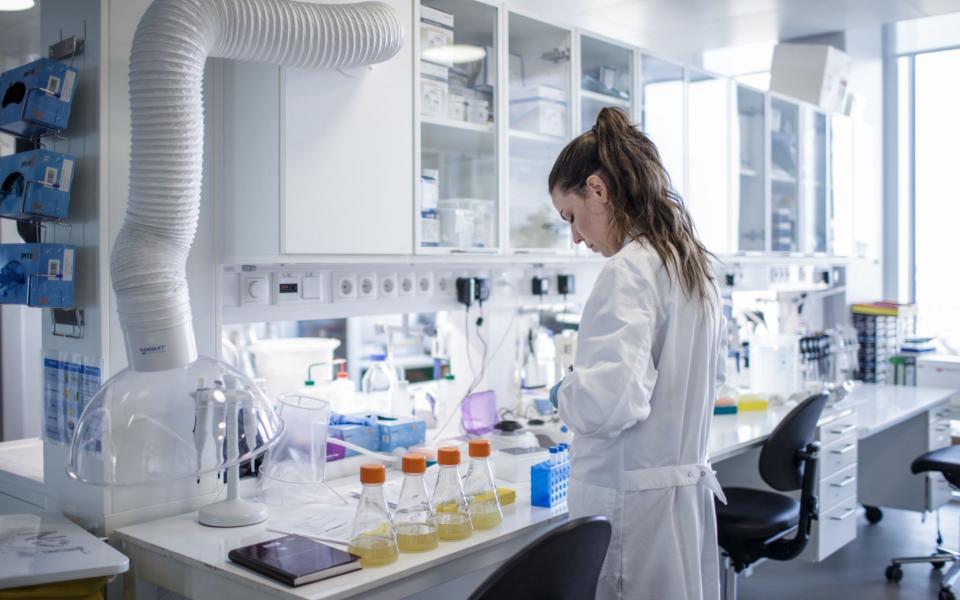Coronavirus could travel five metres through air, study finds

Coronavirus could travel as far as five metres through the air, a study has revealed for the first time.
Tiny droplets of saliva containing Covid-19 could remain in the air for prolonged periods and increase the likelihood of more people contracting it, US researchers found.
The scientists were able to isolate infectious particles of the virus at a distance of up to 4.8 metres from patients being treated at the University of Florida Health Shands Hospital.
This is significantly further than the advised two metre social distancing rule, which the researchers say provides a "false sense of security" and could lead to many more people being exposed.
Debate has been brewing among scientists for months about how much of a role saliva droplets hanging in the air play in the spread of coronavirus.
"These findings strengthen the notion that airborne transmission of Covid-19 is likely and plays a critical role in the spread," the study, which is yet to be peer reviewed, states.
"The public health implications are broad, especially as current best practices for limiting the spread of Covid-19 center on social distancing, wearing of face coverings while in proximity to others and handwashing."
Commenting on the study, Dr Linsey Marr, an expert in airborne spread of viruses at Virginia Tech university, said this was "a smoking gun".
“This is what people have been clamoring for - it’s unambiguous evidence that there is infectious virus in aerosols," she said.
However, some experts say the results should be interpreted cautiously, as it is unclear whether the sample of the virus isolated by the scientists is enough to infect someone.
“It’s very hard to sample biological material from the air and have it be viable,” said Shelly Miller, an environmental engineer at the University of Colorado Boulder who studies air quality and airborne diseases.
“We have to be clever about sampling biological material so that it is more similar to how you might inhale it.”
In this study, the scientists used two samplers positioned at two metres and 4.8 metres from the patients in the hospital room.
They were able to collect the virus at both distances and laboratory tests revealed the samples were sufficient to infect cells in a dish.
This was despite the fact none of the patients had undergone medical procedures which the World Health Organisation had previously identified as primary drivers of airborne transmission.
In addition, the air in the room was regularly being cleaned using specialist equipment.
Given the virus could still be isolated in the air samples, the scientists believe this means the risk of transmitting the virus indoors is far higher than previously thought.
The study concludes: "With the current surges of cases, to help stem the Covid-19 pandemic, clear guidance on control measures against SARS-CoV-2 aerosols are needed."

